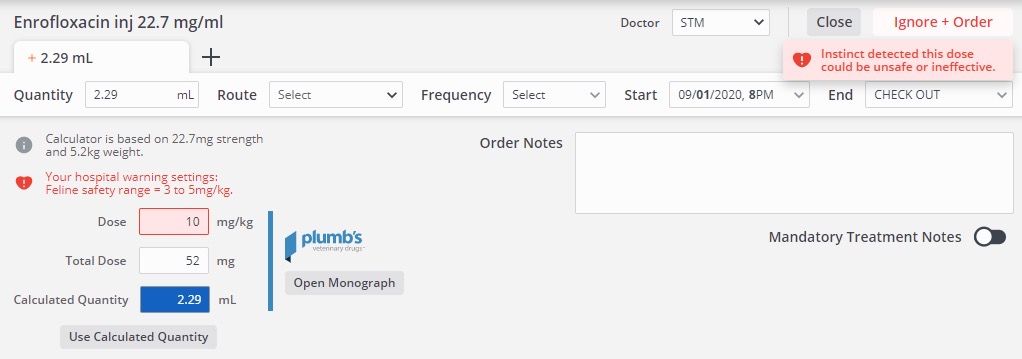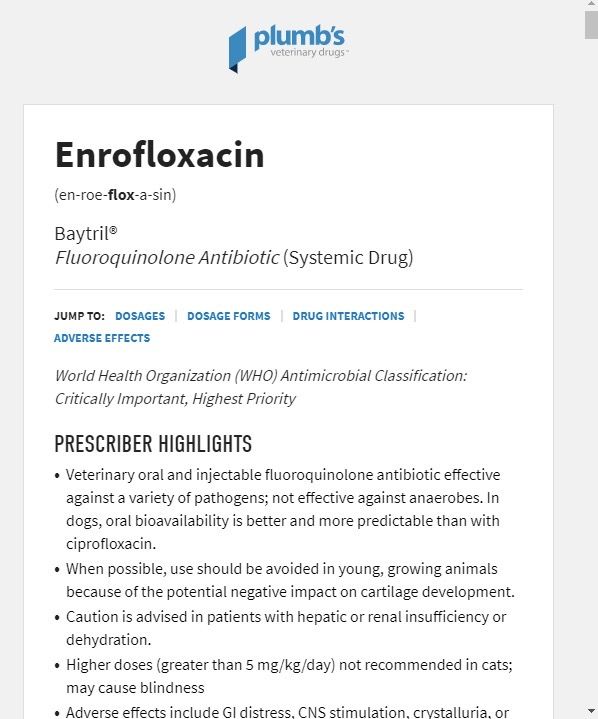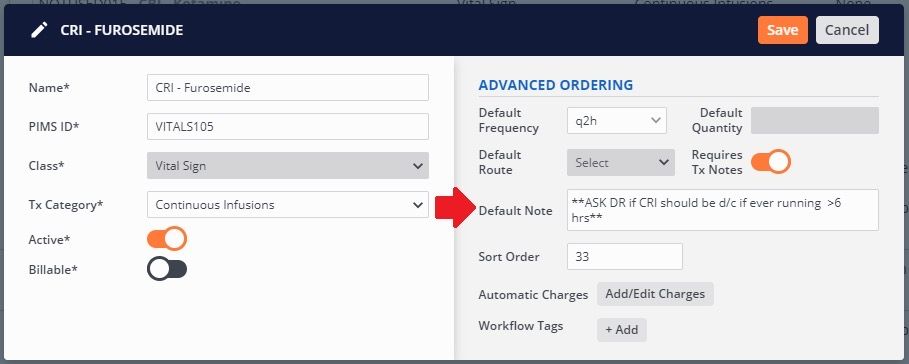Over the past few weeks, I’ve heard about, been intimately involved with, and collaborated on several adverse events and near misses in what feels like a spike in veterinary patient safety concerns. 😧
It’s easy to overinterpret my own anecdata.*
But given the industry’s recent wave of bizarre busyness and our unfamiliar pandemic workflows, we are all likely operating in a patient safety powder keg. 💣
Lately, we've been asked how to use technology to help prevent these events.
When we dig in, some are technology related—like the case of a CRI order left to run unchecked by multiple teams—and some are not, like a routine procedure gone wrong, necessitating unplanned critical care.
In my experience, technology usually isn’t directly at fault with medical errors.
But that misses the point.
👉 Great technology, especially well-designed software, should help. Help your veterinarians make better decisions, help your team spot looming problems, help you see the forest for the trees, and help teams communicate more, not less.
We think a lot about patient safety and medical quality at Instinct.
Behind many of our seemingly small user experience choices, you’d find hours of shouting sessions in front of whiteboards. It may not be obvious from the outside, but this patient safety obsession is behind everything in Instinct.
As we head into the busy US holiday weekend, here are a few tips all hospitals should focus on right now—technology or otherwise—to keep our patients safe, especially during these pandemic times.
🔖 Labels Save Lives
This is one of the simplest things you can do at your veterinary hospital. Unfortunately, it is rarely routine in many centers.
🚨 Every.
🚨 Single.
🚨 Patient.
... should be labeled—both on their cage and their body—with their patient name/number. And every single syringe should be immediately labeled.
Can’t think of a time when your patients have been harmed because of something/someone not being labeled? It’s only a matter of time.
But how do you actually make labeling consistently happen in your hospital?
This always comes down to culture and leadership. If routinely and immediately labeling patients isn’t prioritized, taught, coached, and hired/fired over (yes, it’s that important), then this life-saving workflow will continue to fall apart when you need it most: busy times.
💊 Medication Safety
Because medication errors are often the root cause of adverse events, a focus on improvements here will have an outsized impact on safety at your hospital.
Here are some super small but super powerful changes to set your busy teams up for success:
💙 Avoid carrying multiple formulations of the same injectable medication.
💙 Use tall man lettering when naming medications.
💙 Standardize the way you reconstitute medications throughout your center. (Do you really have to reconstitute ampicillin 3 different ways in 3 different departments?)
💙 Store medications strategically. (Do you really need to keep 2 similarly named or look-alike medications near each other? Think cerenia/convenia, tramadol/trazodone, euthanasia/rabies vaccines, and on and on.)
Want more on this? We have a whole article on medication safety that is a great read for anyone operating a busy veterinary center: How to Enhance Medication Safety.
❗❗ Patient Safety Warnings & Decision Support
Leverage technology wherever you can. If you use Instinct, we offer a host of tools to help veterinary teams avoid errors. Below are some highlights of Instinct features to leverage. And if you need help setting any of these up, reach out any time.
Drug Safety Warnings
We’ve built the first true patient safety warning system at the point of care. Instinct comes with constantly maintained alerts for common drugs (per species), and you can add, remove, and customize them as you see fit.

Drug Lookup at the Point of Care
Bringing live and constantly updated drug lookup to the immediate point of care is nothing less than game-changing for veterinary teams. It also fosters safer patient care by providing an in-your-face way to double-check doses.

Helpful Alerts
Instinct comes packed with well-thought-out and specialist-reviewed safety-enhancing—yet customizable—alerts.

Default Notes
Instinct’s default order notes can help your doctors facilitate safety checkpoints for critical treatments. You can also require your nursing team to input treatment notes at task completion.

As they say, to err is human. And it’s chaotic out there—to say the least.
But we owe it to our patients and their families to do everything we can right now to reduce the chance of adverse events. Technology can and should help.
Stay safe out there. 🧡
*All credit to my scientist wife for anecdata—a fabulous portmanteau.
